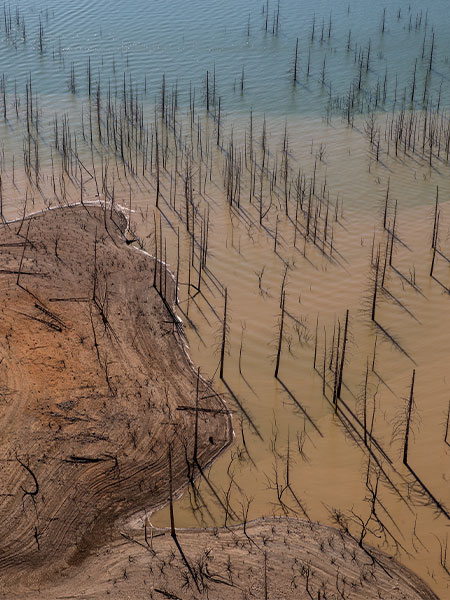

If you were to describe your position on climate change, would you consider yourself a hawk or a dove? It was a question to distract my hiking buddy, whose dogs had found a porcupine off the trail and were now back on leash as we high-tailed it back to our cars. The United Nations’ Intergovernmental Panel on Climate Change had just released its 3,500-page report on the state of the science on the world’s climate, and it wasn’t pretty. On the same morning, the agricultural ministry in France had confirmed that 2021 would be an historically small crop for French wine growers, after the frosts in April and the excessive summer rain.
“I’d probably describe myself as an ostrich,” she responded. She, who uses beeswax wrappers on foods in her fridge and recycles religiously, admitted to me, “I just can’t watch all the bad news all the time. And you?” I’d had to say ostrich (as witnessed by the continued publication of a print magazine; time, once again, to reassess this business model). But also hawk and dove—some of all three.
Whether or not we choose to ignore the “code red for humanity” announced by the UN Secretary-General, most all of us are, by nature, ostriches, with varied amounts of energy expended as hawks and doves above ground. The climate hawks, led by young activists like Greta Thunberg, speak out in their words and actions. The doves, in search of a signal of hope—an olive branch that survived a Biblical flood—seek optimism and healing. Long before the Cold War, hawks and doves were tied to economics, to the engine that fuels our culture and our wars. Deficit hawks believe that inflation must be stopped at all costs. Climate hawks take a similar stance on global warming. So far, much of humanity has responded by burying our heads further into the warm sands.
What, then, does a climate dove believe? Staring down the news of the summer floods that wiped out entire villages along Germany’s Ahr, I contacted David Schildknecht to ask if he would report on the story. He agreed to take on the assignment, and then shared the painfully ironic news that his own home in Ohio had just been devastated by cresting waters from the wooded ravine behind it.
Then, as the print deadline neared, California issued unprecedented restrictions on water access throughout the Russian River watershed. David Darlington, who has been researching the impact of the drought on grape growers, reported in from Mendocino County.
Meanwhile, Jasper Morris MW, who will publish the second edition of Inside Burgundy this fall, mentioned that one of the most significant changes in the book had to do with reporting on the climate. As we discussed the economic and viticultural challenges of Burgundy’s current climate, he pointed out one unexpected gain: the mostly unclassified sites—once too cool or too damp— that are producing better wine than ever in the heat and drought of recent vintages.
His observations allow a little hope in the midst of a crisis, even if it is just hope that it’s still possible to find a delicious, affordable Burgundy. Closer to home, that kind of optimism helps strengthen our resolve to be heads-up observers. As reporters, we are trying to balance our hawkish sense of urgency with the hope searched out by doves.
Joshua Greene is the editor and publisher of Wine & Spirits magazine.
This story appears in the print issue of October 2021.
Like what you read? Subscribe today.
















